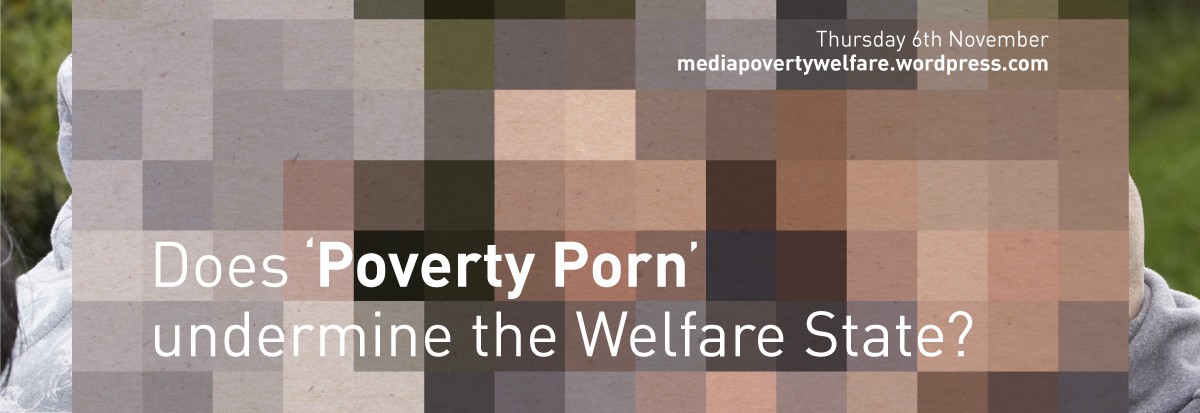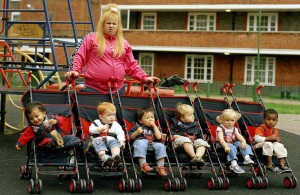In Bad Girls in Britain, a study of the role of gender in debates on justice and welfare, Pamela Cox argues that young women have been cast as a threatening and destabilising force in Britain since at least the early 19th century – a process fuelled by anxieties including the advance of feminism and the increasing social and financial independence of working-class girls. According to Cox: ‘young single women with no domestic responsibilities to restrain their spending or their morals have been seen as irresponsible, sexually precocious pleasure-seekers who threaten the future of the family and the long-term stability of the state’. With their economic and sexual emancipation presented as the root of their declining morality, the process of reforming ‘delinquent’ girls was ‘geared to the production of respectable working-class women’, and the private sexual choices of working-class girls were publicly scrutinised and judged in debates on welfare reform (Cox, p.3, p.10, p.165). Sound familiar? Like much present-day political rhetoric, the current critical media presentation of young working-class women is a peculiar turbo-charged variant on its Victorian forerunner, seemingly intent on resurrecting stereotypes of the disrespectable, undeserving poor.
Instrumental in this is the continuing representation of women who claim state support as feckless, irresponsible and threatening, their behaviour pathologised and in need of policing. As anxieties over how to manage working-class women’s growing independence influenced historical discussions on welfare and delinquency, so the current media and cultural demonization of working-class women has been used to justify the cutting of state benefits and services.
The most obvious example of this has been the rise of the ‘chav’ as media and political folk-devil. As noted by several observers, including Owen Jones and Imogen Tyler, the fine distinctions present within working-class identity have been eroded in contemporary cultural presentations, with ‘the poor’ increasingly lumped together as ‘chavs’ regardless of their own resistance to or rejection of the label. Tyler concludes, examining a cross-section of recent newspaper reports, that Little Britain’s ‘chav’ character Vicky Pollard has become ‘figurative shorthand for ‘Broken Britain’ and the underclass’, eclipsing more nuanced portrayals of working-class identity. She further notes how such ‘fictional fabrications’ can ‘come to shape perceptual realities’, which in turn ‘come to organize ‘public opinion’ and incite ‘consent’ for punishing the poor through the rollback of welfare systems’ (Tyler, p.164-5).
Stereotypes of the female ‘chav’ in particular fit into historical narratives in which promiscuity, irresponsibility, and vulgarity in dress, speech and behaviour are attributed to working-class women as signs of ‘disrespectable’ femininity, with this disrespectability then justifying a withdrawal of support in the form of housing or child benefit. Anti-‘chav’ commentary often reveals a disquieting obsession with damaging stereotypes of working-class women. Their alleged promiscuity and precociousness, their numerous pregnancies – presumed to result from a thoughtless or scheming failure to use contraception – as well as their status outside traditional family roles, deriving financial support from the state rather than a husband, are used to imply an undeserving irresponsibility, aggressive lack of deference, and refusal of family and community hierarchies. This intersection of sexism and class prejudice makes explicit the revival of the Victorian and Edwardian spectre of working-class women, with their hazardous lack of morality, taste and discrimination and their unregulated, untrammelled sexuality, spawning hundreds of equally depraved and financially burdensome children.
The post-2008 economic crisis, and the subsequent imposition of austerity, has had a significant impact on women, from job losses in employment sectors in which women are disproportionately represented, to cuts in childcare services and women’s refuges. Unemployed single mothers are among the worst-hit by cuts, but government rhetoric insistently plays on the stereotype of the idle and recklessly promiscuous single mother – invariably characterising her as working-class – and the moral decline, sexual depravity, and social disintegration she is held to represent, to validate the reduction or removal of state support in general. All this with barely a glance at context or circumstance, with the working-class ‘bad girl’ understood not in terms of poverty or social exclusion but in neoliberal terms of individual moral degeneracy, and the inadequacies of single mothers viewed as purely individual failings or pathology rather than related to their demoralising lack of adequate financial and material resources.
Acknowledging that the discourse around ‘chavs’ can be disingenuous, providing a cover for denigrating the social agency and sexual autonomy of working-class women, as well as for wider political attacks on the unemployed and working poor, would significantly enrich the kind of mainstream feminist debate which often ignores these fundamental issues.
This article was written by Rhian E. Jones who will be speaking at the event on the 6th November.
Works cited:
Pamela Cox, Gender, Justice and Welfare 1900-1950: Bad Girls in Britain (Palgrave Macmillan, 2003)
Imogen Tyler, Revolting Subjects: Social Abjection and Resistance in Neoliberal Britain (Zed Books, 2013)


[…] Working-class women, stereotypes and state policy – by Rhian E. Jones. […]
LikeLike